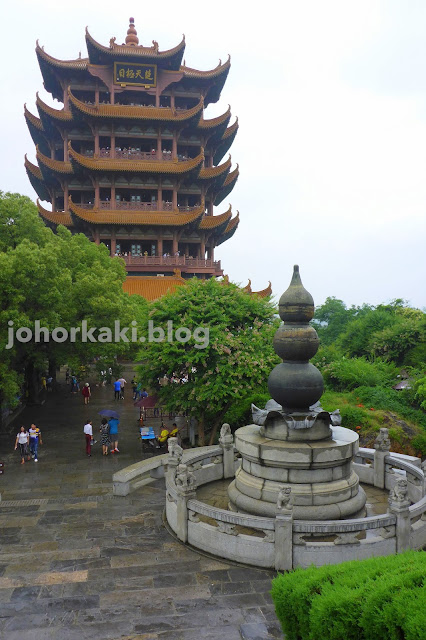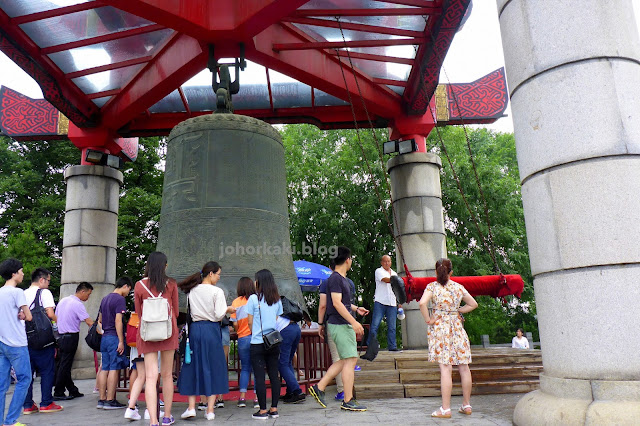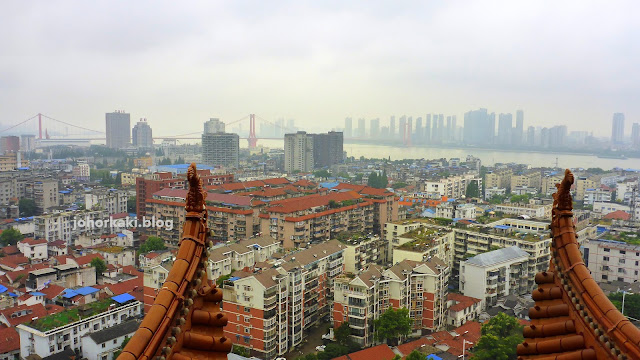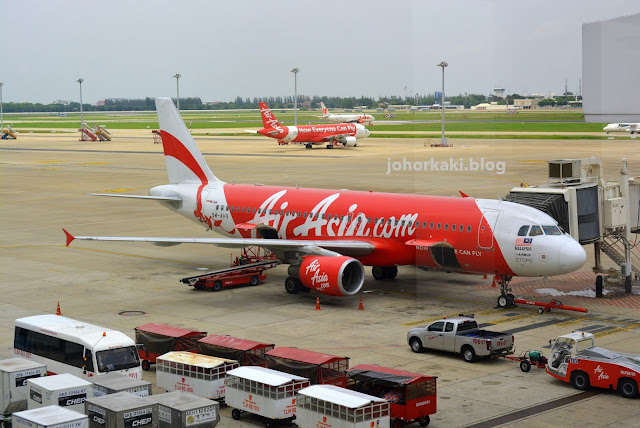
A visit to the historic and culturally significant Yellow Crane Tower 黄鹤楼 is a must for any tourist to Wuhan. The tower is at the Taoist spiritual and cultural heart of many Chinese.

The Yellow Crane Tower of today is the thirteenth re-incarnation of this legendary watch tower overseeing the Yangtze River. The upturned edges of the yellow roofs looked like the flapping wings of the yellow crane. The present day Yellow Crane Tower made mainly of concrete was built in 1985 and is located 1km east of the original site (which was acquired to built the Wuhan Yangtze Bridge in 1957).

Public Domain Photo
The original Yellow Crane Tower was built 1,800 years ago and was rebuilt thirteen times since it was first erected by Emperor Da of Wu (reign 229 – 252 AD) during the Three Kingdoms period. Wars and fires destroyed the wooden tower twelve times.
The wooden tower in the above picture built in 1868 was the last at the original site. It was destroyed in 1884.

There are many legends surrounding the origin of the Yellow Crane Tower at the spiritually significant Snake Mountain site. One, an Immortal (仙人) Wang Zi'an (王子安) rode away on a yellow crane from Snake Mountain - the tower was built to commemorate this event. In another legend, Immortal Fei Wenyi (费文祎) rode a yellow crane to Snake Mountain. In yet another, Immortal Lü Dongbin ascended to heaven from here. There are a few more.

The serene views of the Yangtze and mountains from Yellow Crane Tower have long inspired Chinese poets. Legendary poets Cui Hao and Li Bai were inspired to write immortal poems while visiting Yellow Crane Tower. Most Chinese can recite these poems from childhood and so many would visit Yellow Crane Tower when they are come to Wuhan. Till today, the top level of the 5-storey tower is still reserved for visiting poets.

For today's tourists, Yellow Crane Tower is a good lookout point for bird's eye views of Wuhan city and Yangtze River. Climbing the spiral stairs to the top of the 50 metre tower was quite taxing on my lungs and creaky knees but it was worth it.

The view to the north consists mainly of grey and yellow apartments with orange roofs, the Yangtze River and grey skies beyond.

To the north, a railway line passes the Yellow Crane Tower.

Turning clockwise towards the east, the Qianxizhong (Bell of a Thousand Happiness) is in the foreground. The tower in the background is Baiyunge (White Cloud Pavilion).

Qianxizhong at ground level. Visitors can pay a small fee to strike the brass bell for good luck.

Our guide and most Chinese are able to recite Cui Hao's Yellow Crane Tower poem (Cui Hao, a Tang Dynasty poet lived from 704 - 754 AD).
💭 Long ago, one's gone riding the yellow crane,
all that remained is the Yellow Crane Tower.
Once the yellow crane left, it will never return,
for one thousand years, the clouds wandered aimlessly.
The clear river reflects each Hanyang tree, fragrant grasses grow lushly on Parrot Island.
At sunset, which direction leads to my hometown?
One could not help feeling melancholic along the misty river 💭
(The Yangtze is no longer the pristine river of Cui Hao's time. The waters are murky with waste and the mists are replaced by industrial smog.)

Turning further clockwise, we are facing south.
More homes and then further south is the pretty red painted Yingwuzhou Yangtze River Bridge against a backdrop of shades of grey.

Looking west from the Yellow Crane Tower.
In the distance are the Wuhan Yangtze Bridge and the Guishan Television Tower. The original site of Yellow Crane Tower is where that huge bridge (built in 1957) lands on the Yangtze's east bank.

Most Chinese know Li Bai's Yellow Crane Tower poem and so are keen to visit it when they come to Wuhan. Li Bai who lived from 701 - 762 AD is considered China's greatest poet. This was what Li Bai wrote when he looked to the west 1,300 years ago - today, grey urban sprawl has replaced the serenity which inspired Li Bai's poetry.
💭 My old friends said goodbye to the west,
here at Yellow Crane Tower.
In the third month's cloud of willow blossoms,
he's going down to Yangzhou.
The lonely sail is a distant shadow,
on the edge of a blue emptiness,
all I see is the Yangtze River flow to the far horizon 💭
Wuhan jia you!! 武汉加油!!

✈ AirAsiaX flies direct from Kuala Lumpur to Wuhan via Flight D7 878 every Monday, Wednesday, Thursday, and Saturday. Departs KLIA2 at 6:00pm and arriving at Wuhan Tienhe International Airport at 11:10pm.
✈ Flight D7 879 flies from Wuhan direct to KL every Tuesday, Thursday, Friday and Sunday departing Wuhan at 00:25am and arriving in KLIA2 at 05:25am.
Date: 9 Jun 2017
Return to Johor Kaki homepage.

No comments:
Post a Comment
All comments submitted with genuine identities are published